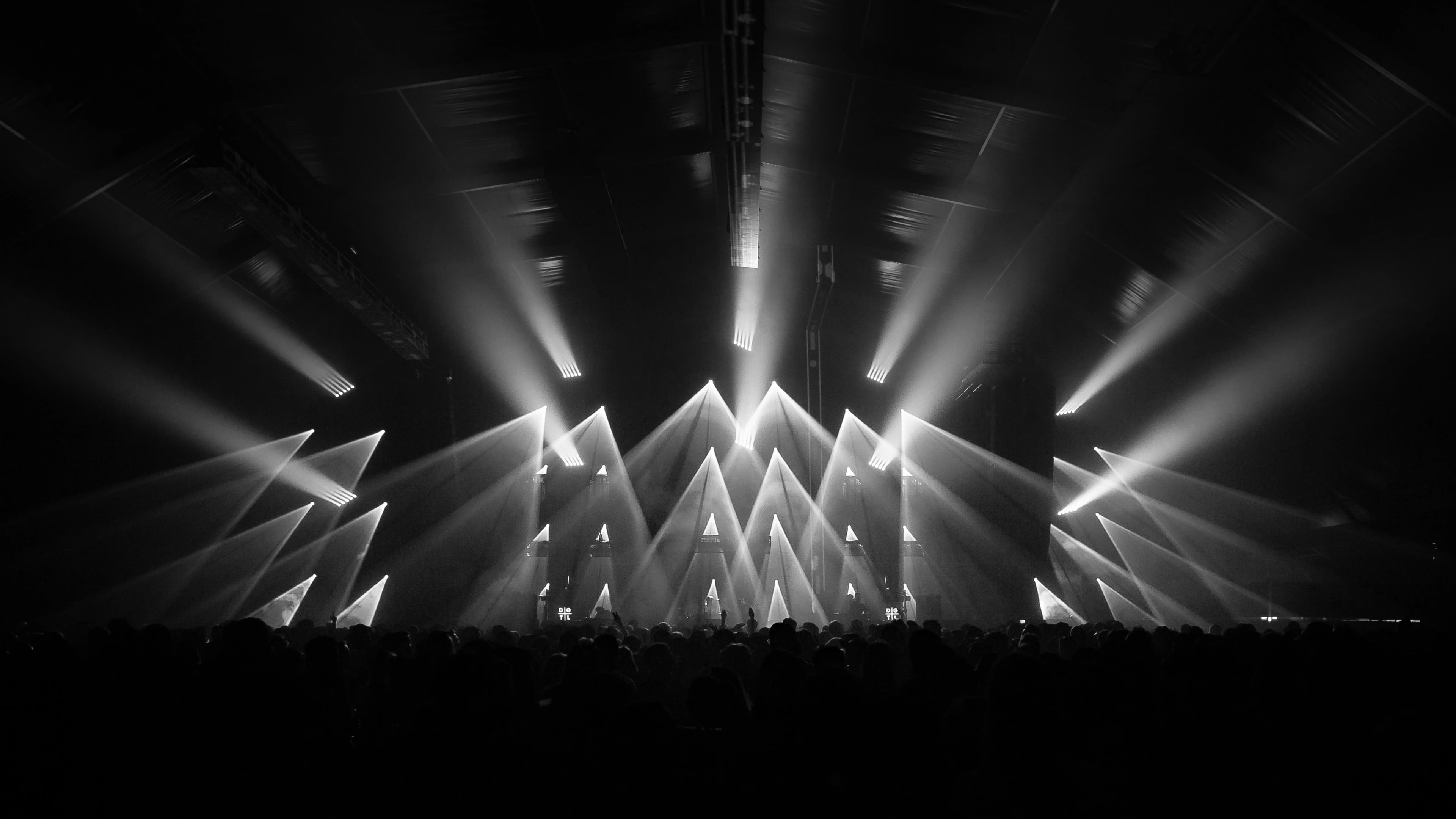

From Roar To Rhythm The Evolution Of Jazz Tickets
Up to 30% Off Compared to Competitors.
Location: Select Location (e.g, New York)
Events Nearby
We're Sorry. There are currently no events near you.
About From Roar to Rhythm: The Evolution of Jazz
Currently, jazz remains a vibrant aspect of concert culture, showcasing a blend of classic and contemporary styles. Festivals such as the Montreux Jazz Festival and the New Orleans Jazz & Heritage Festival attract thousands of fans each year, featuring performances from legendary figures and new artists. The growth of live music venues dedicated to jazz has also surged, providing essential platforms for musicians to connect with their audiences. Moreover, technology has transformed the concert experience: livestreaming events and virtual performances have opened up new avenues for experiencing jazz. In 2023, many jazz musicians are collaborating with artists across genres, creating innovative sounds that keep the genre fresh and exciting. Events often highlight tributes to jazz legends, ensuring their contributions continue to inspire new generations. Upcoming concerts and festivals feature a blend of traditional and avant-garde performances, showcasing the genre's versatility. As jazz continues to evolve, its live events remain a testament to its enduring legacy and cultural significance, uniting diverse audiences through the timeless power of music.
From Roar to Rhythm: The Evolution of Jazz History
Jazz originated in the early 20th century, primarily in New Orleans. Rooted in African American musical traditions, it synthesized elements from blues, ragtime, and brass band music. The genre was characterized by its use of improvisation, syncopation, and swing, quickly captivating audiences with its unique sound. In the 1920s, the Great Migration saw many African Americans move to cities like Chicago and New York, where jazz flourished in lively dance halls and speakeasies. Iconic musicians such as Louis Armstrong and Duke Ellington brought jazz into the mainstream, leading to the Jazz Age, a period marked by fervent social change and the proliferation of jazz concerts. As styles evolved through the decades, big band and swing emerged in the 1930s and 1940s, drawing larger crowds and introducing jazz to even broader audiences. Post-World War II, bebop and cool jazz redefined the genre, emphasizing complex harmonies and rhythms, while small club performances highlighted virtuoso musicians. The 1960s introduced free jazz, which challenged the conventions of the genre. Today, jazz is celebrated worldwide, transcending cultural boundaries and continuously evolving through modern influences, allowing it to thrive as a dynamic concert experience.
